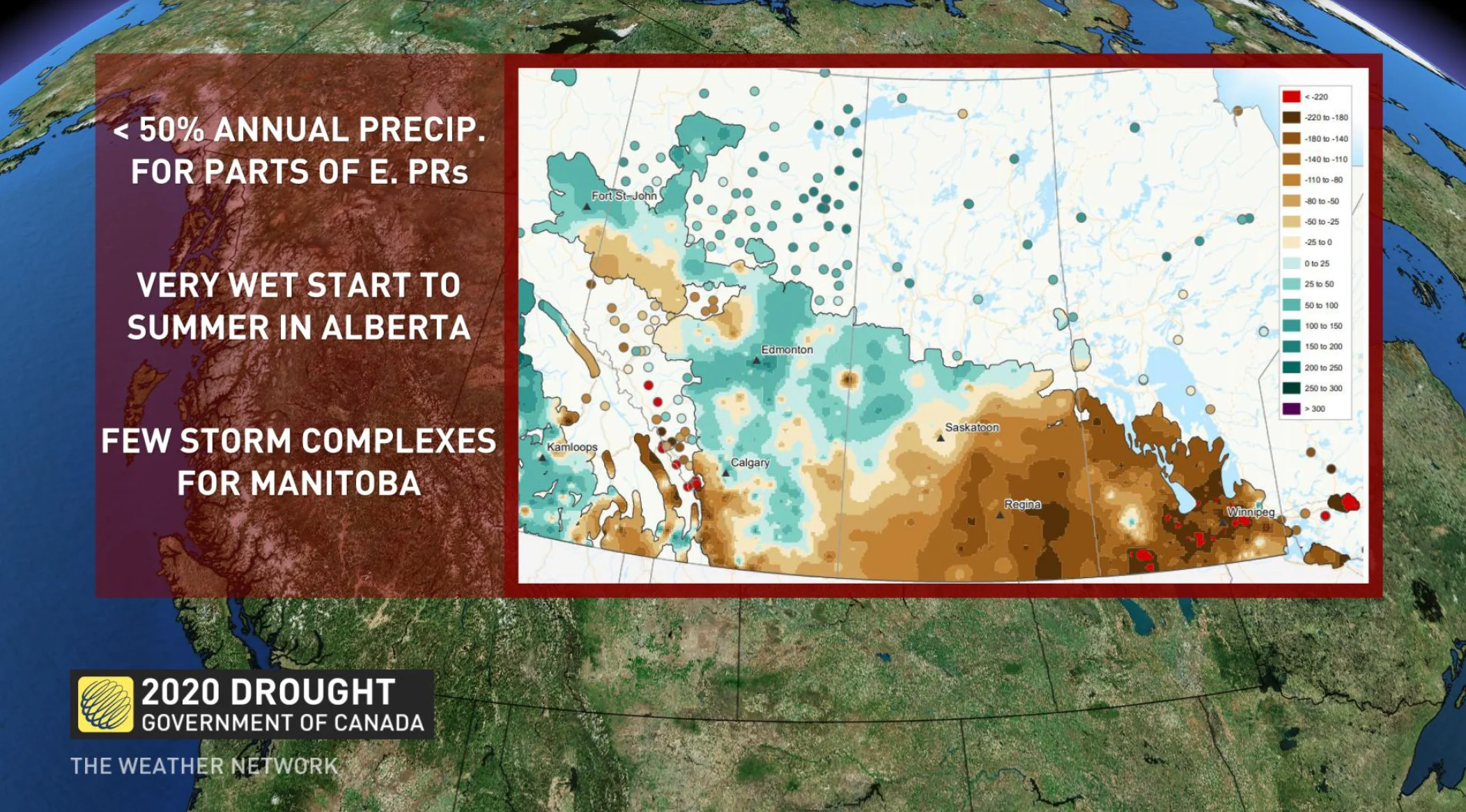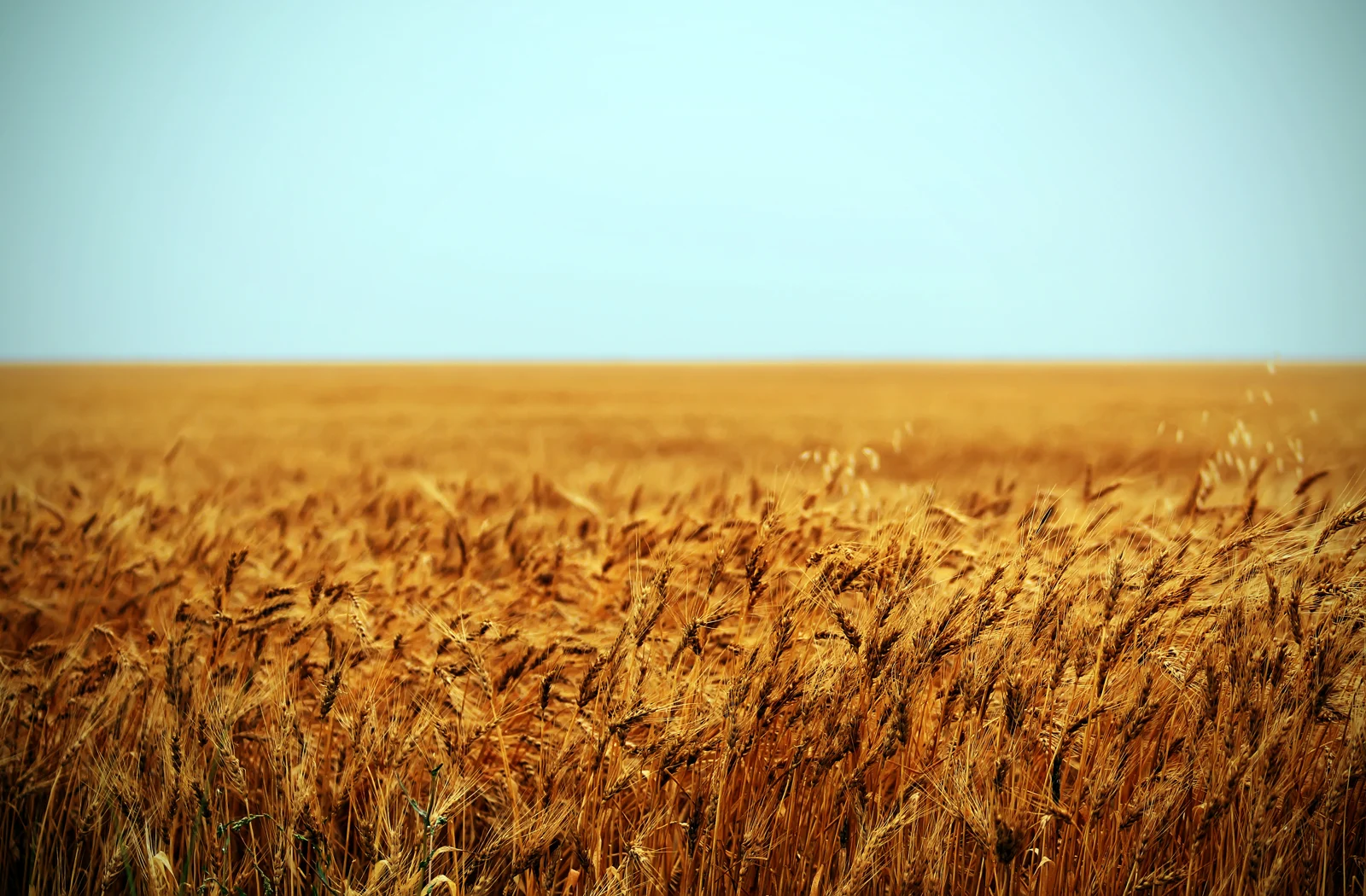
Winnipeg experienced its driest year on record in 2020
The city barely had barely 50 per cent of its annual rainfall average.
Many will remember 2020 as a record-breaking year for a variety of reasons, and several in southern Manitoba will remember it as Winnipeg’s driest year on record.

Winnipeg received 273 mm of precipitation in 2020, which was enough to barely crack 50 per cent of the city’s annual average. Record drought conditions also made an appearance in southern Saskatchewan, where Yorkton saw a mere 49 per cent of their annual average, which made 2020 their tenth driest year on record. On the contrary, 2020 marked ten years since Yorkton saw one of their wettest years on record, when 695 mm (154 per cent) fell on the town.

However, this parched pattern was certainly not observed across the rest of the province and especially not in the rest of the Prairies. Several towns in Manitoba, including Brandon, The Pas and Churchill, received 99 per cent, 89 per cent and 67 per cent of their annual average precipitation, respectively.
So, why the vast precipitation discrepancy across the Prairies?

This part of Canada heavily relies on shoulder seasons to bring rain and snow, due to the storm track migrating through the region. During the summer months, thunderstorms are the main source of rainfall in the Prairies.

Eastward moving cold fronts clash with hot, humid air masses that trigger lines of thunderstorms. If the storms become strong enough, they can provide a month's worth of rain in just one evening. Crop damage and flooding can be a real issue, while two counties over, month-long droughts could be continuing.
The eastern Prairies spend more time under the influence of the top end of a humid air mass from the Gulf States opposed to the dry heat closer to the Rockies, which has desert origins. This increased moisture can cause a greater precipitation discrepancy across a small area when thunderstorms are the main source of rain.

Wheat field in Winnipeg, Manitoba. Submitted by: Carl Brownell
During three stormy periods in June and August, Winnipeg received 28 per cent of their total precipitation for 2020 over a five day cumulative timespan. This goes to show why water management and retention is so important.
Thumbnail courtesy of Kyle Brittain






